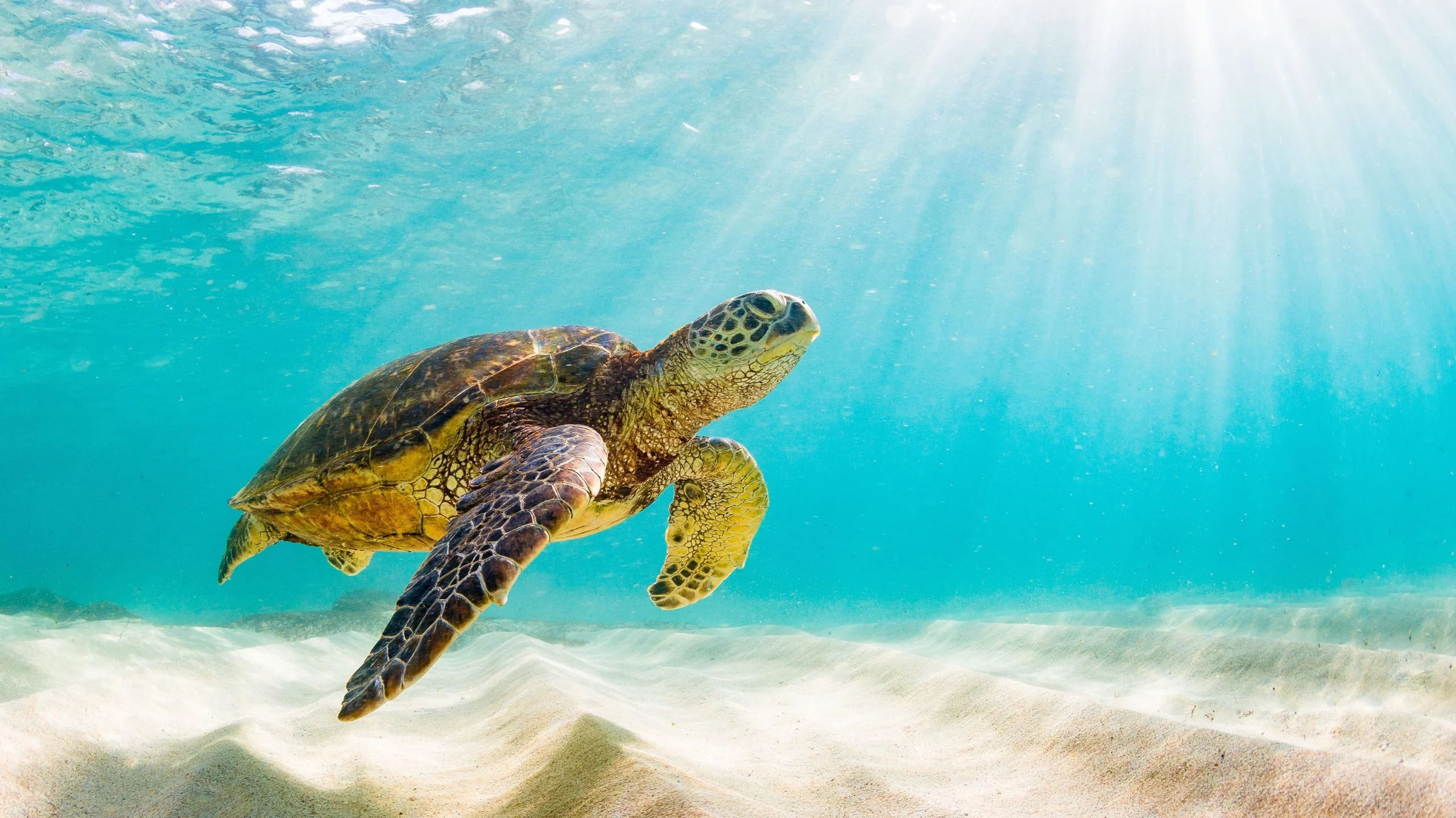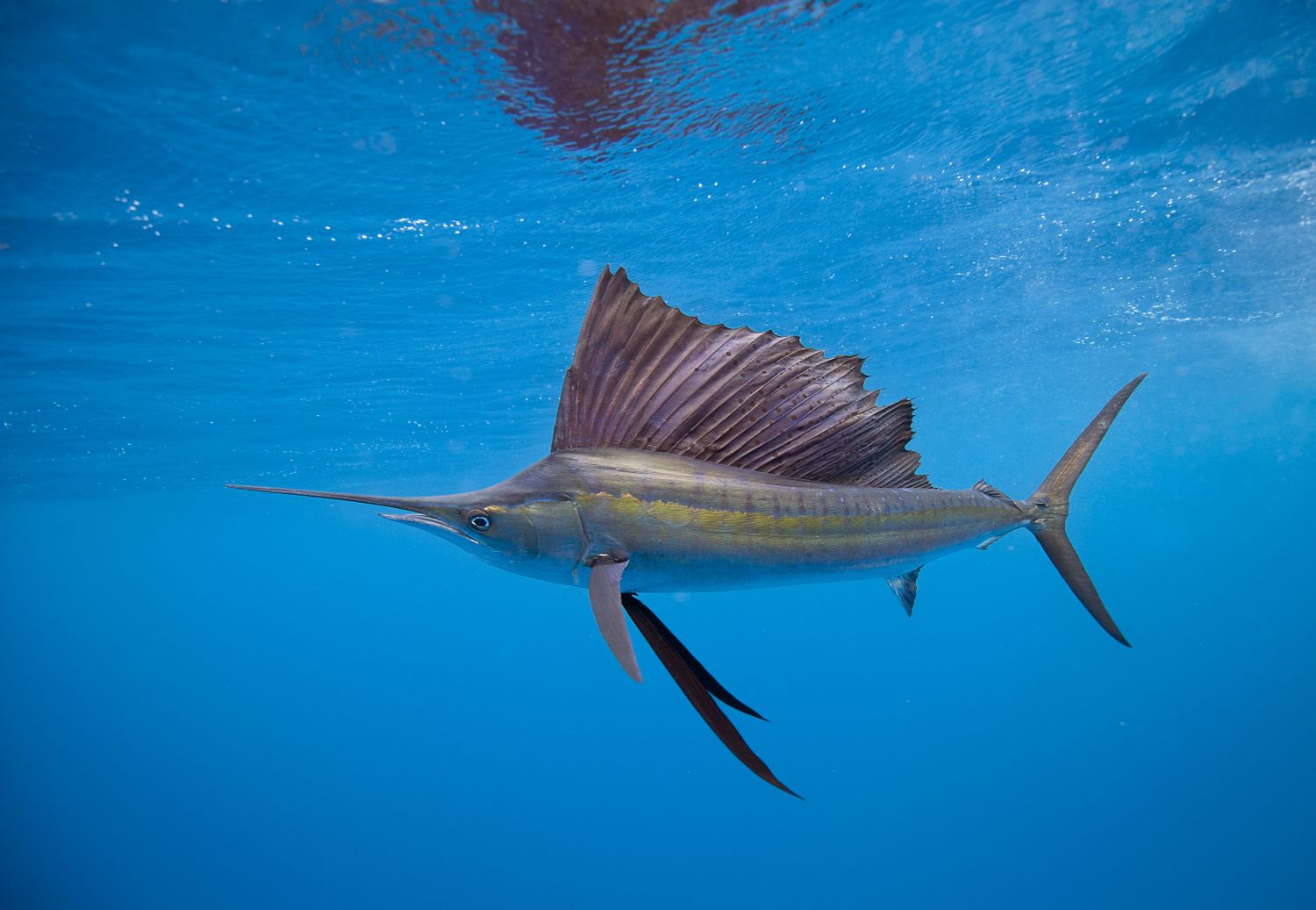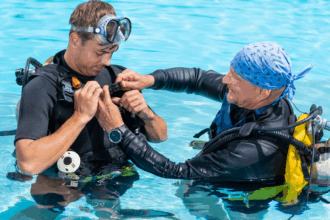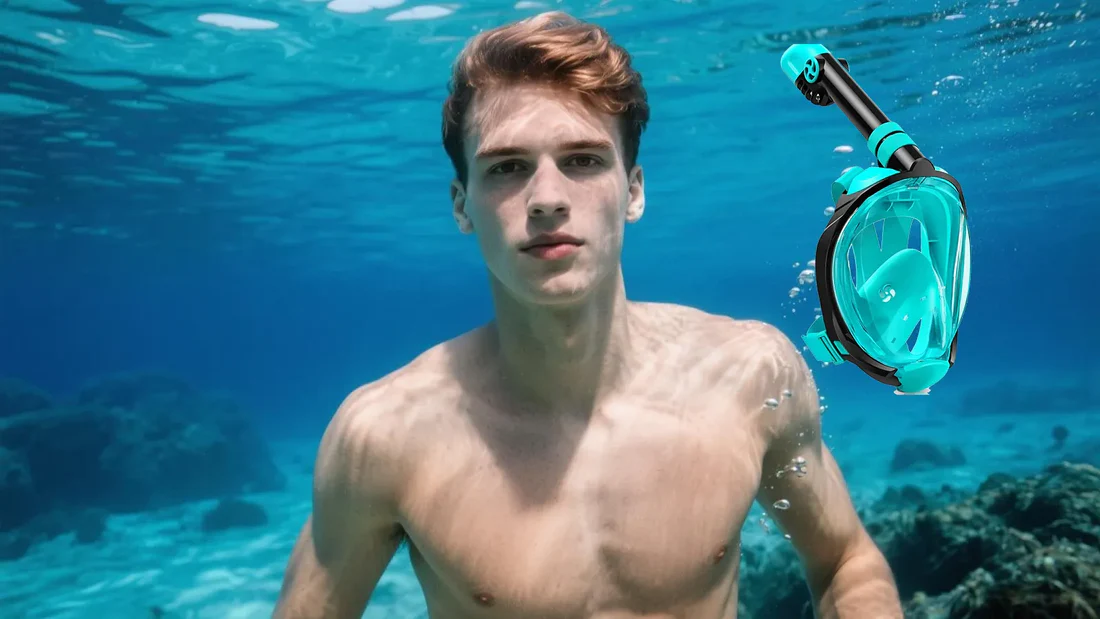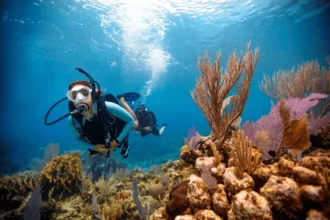Sea turtles are among the most fascinating creatures in the ocean, admired by adventure travelers, divers, marine biology enthusiasts, and nature lovers alike. One of the most intriguing questions about these majestic reptiles is: how fast can a sea turtle swim? Understanding their speed, behavior, and fascinating adaptations can deepen our appreciation for these ancient mariners and their role in the marine ecosystem.
In this guide, we’ll explore seven amazing facts about sea turtle speed, their abilities, and interesting trivia that every adventurer and marine enthusiast should know.
Introduction to Sea Turtles
Sea turtles are marine reptiles that have existed for over 100 million years. They are known for their long migrations, gentle nature, and incredible adaptations that allow them to thrive in oceans around the world.
Whether you’re a diver exploring coral reefs, a student studying marine life, or an adventure traveler seeking close encounters with wildlife, learning about sea turtles’ swimming speed offers fascinating insights into their survival and agility in the water.
Top Speeds of Sea Turtles
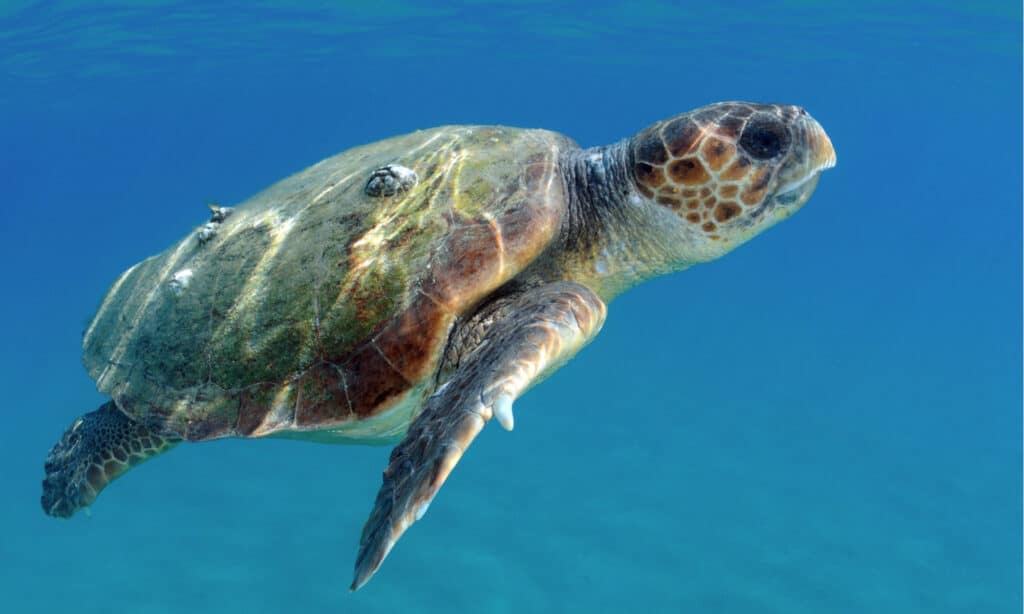
Table of Contents
Average Swimming Speed
Most sea turtles swim at an average speed of 1.5 to 3 mph (2.5 to 5 km/h) when traveling or foraging. This pace allows them to conserve energy during long migrations across oceans.
Maximum Recorded Speeds
Certain species can achieve bursts of speed when escaping predators or navigating strong currents. The leatherback sea turtle, for example, can swim up to 22 mph (35 km/h) in short bursts, making it the fastest swimmer among sea turtles.
To put this in perspective, the fastest human swimmers reach about 6 mph, meaning sea turtles can easily outpace even trained athletes in the water.
Factors Affecting Sea Turtle Speed
Several factors influence how fast a sea turtle can swim, including:
- Species: Leatherbacks are faster than green or loggerhead turtles.
- Age and Size: Younger turtles are more agile, while larger adults have more momentum but less speed.
- Health and Energy: Tired or injured turtles swim slower.
- Environmental Conditions: Ocean currents, water temperature, and waves can either aid or hinder swimming speed.
Influence of Ocean Currents
Sea turtles often use currents to glide efficiently across oceans. By riding these natural “highways,” turtles can conserve energy and travel great distances during migration.
Hunting and Predator Evasion
When escaping predators or hunting prey, turtles use their flippers for rapid bursts of speed. This agility can be crucial for survival, as it allows them to avoid sharks, large fish, and other threats in their environment.
How Sea Turtles Swim Efficiently
Anatomy and Movement
Sea turtles have long, powerful flippers that act like paddles, enabling them to move gracefully through the water. Their streamlined shells reduce drag, making swimming more energy-efficient.
Diving and Surfacing Patterns
Turtles can dive to great depths and hold their breath for extended periods. For example, green sea turtles can hold their breath up to 5 hours while resting underwater, although typical dives last about 30 minutes to 1 hour during active swimming.
Learn more about their breath-holding abilities in our article: How Long Can a Turtle Hold Their Breath.
Common Questions About Sea Turtle Speed
Are Sea Turtles Fast Compared to Humans?
Yes! While humans swim an average of 2–4 mph, sea turtles can reach speeds of up to 22 mph, especially in short bursts during escape or hunting.
Which Species Swims the Fastest?
The leatherback sea turtle holds the record for the fastest swimming speed, followed by the green and loggerhead turtles.
Do Sea Turtles Sleep While Swimming?
Sea turtles can rest while floating or slowly paddling in the water, but they do not sleep continuously like humans. They rely on occasional surfacing to breathe even while resting.
Can Turtles Swim Faster Than Humans?
Absolutely. Even at average speeds, sea turtles can easily outpace recreational swimmers and sometimes even competitive athletes.
Fascinating Facts About Sea Turtles
- Sea turtles have existed for more than 100 million years, surviving major extinction events.
- Some species migrate over 10,000 miles each year to breed.
- Leatherback turtles can dive to depths of 4,000 feet.
- Sea turtles have excellent navigation skills, using the Earth’s magnetic field to find nesting beaches.
- They play a crucial role in marine ecosystems, controlling jellyfish populations and maintaining healthy seagrass beds.
- Some turtles can live for over 80 years, making them one of the longest-living reptiles.
- Despite their size and strength, sea turtles are gentle and mostly non-aggressive toward humans.
Conservation and Safety Tips for Observing Sea Turtles
Observing sea turtles in the wild is a once-in-a-lifetime experience, but it’s important to respect their natural habitat:
- Maintain a safe distance to avoid stressing the animals.
- Avoid touching or feeding sea turtles.
- Use reef-safe sunscreen to prevent water contamination.
- Support marine conservation organizations protecting nesting beaches and migratory routes.
By following these guidelines, divers and travelers can enjoy observing sea turtles responsibly and safely.
FAQ Section
Q1: How fast can a sea turtle swim in water?
Sea turtles typically swim at 1.5–3 mph, but can reach up to 22 mph in short bursts, depending on species and conditions.
Q2: How fast are sea turtles on land?
On land, sea turtles are much slower, moving at an average speed of 0.2–0.5 mph. Hatchlings may be faster to reach the water quickly.
Q3: What is the fastest sea turtle in the world?
The leatherback sea turtle is the fastest, capable of swimming up to 22 mph in short bursts.
Q4: How long can sea turtles hold their breath?
Green and loggerhead turtles can hold their breath for 30 minutes to 1 hour while active, and up to 5 hours when resting.
Q5: How long do sea turtles live?
Sea turtles can live 50–80 years or longer, depending on species and environmental factors.
Conclusion
Sea turtles are remarkable creatures, not only for their incredible lifespan and ancient lineage but also for their swimming abilities. From gliding gracefully through ocean currents to reaching speeds far faster than humans, these animals captivate divers, adventurers, and marine enthusiasts worldwide. By observing them responsibly and supporting conservation efforts, we can ensure future generations experience the wonder of these incredible ocean travelers.
